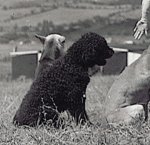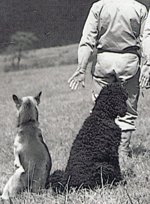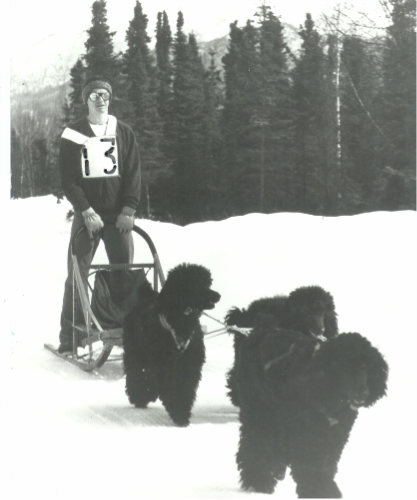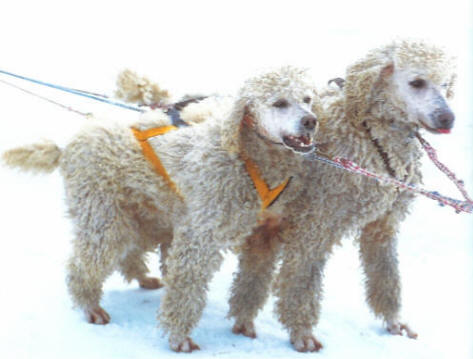Standard Poodle Facts
Thank you for taking a look at this page! I hope you enjoy all the research that I will have put into the information that you will take a look at below. I thought I should ad this page because there really is so much information on the web, in books, and from breeders that are so knowledgeable about this breed, and I thought it a great idea to put the basics all in one place….just for you. So the following is what I came up with:
- Where do Standard Poodles come from? – (www.dogbreedinfocenter.com)
I love the following information that I found on the above website because it is honest about the fact that we are not exactly sure where the breed originated from but lays out the facts that ARE known. Enjoy!
1600’s Painting of a Poodle – Wikipedia“The Poodle has been known throughout Western Europe for at least 400 years and are depicted in 15th century paintings and in bas-reliefs from the 1st century. The subject is controversial of where the dog was officially developed and no one really knows the breeds true country of origin. France has taken a claim on the origin, but the AKC gives the honor to the Germans where they say it was used as a water retrieval dog. Other claims have been Denmark, or the ancient Piedmont. What is certain is that the dog was a descendant of the now extinct French Water Dog, the Barbet and possibly the Hungarian Water Hound. The name “Poodle” most likely came out of the German word “Pudel,” which means “one who plays in water”. The “Poodle clip” was designed by hunters to help the dogs swim more efficiently. They would leave hair on the leg joints to protect them from extreme cold and sharp reeds. The hunters in Germany and France used the Poodle as a gun dog and as a retriever of waterfowl and to sniff out truffles laying underground in the woods. The French started using the breed as a circus performer because of the dog’s high intelligence and trainability. The breed became very popular in France, which led to the common name “French Poodle”, but the French people actually called the breed the “Caniche,” meaning “duck dog. The Toy and Miniature Poodle varieties were bred down from larger dogs, today known as Standard Poodles. In the 18th century smaller poodles became popular with royal people. The three official sizes are the Toy, Miniature and Standard Poodle. They are considered one breed and are judged by the same written standard but with different size requirements. Breeders are also breeding an in-between size called a Klein Poodle (Moyen Poodle) and a smaller Tea-Cup Poodle.”
Information taken from – http://www.dogbreedinfo.com/standardpoodle.htm
- What have Poodles been used for over the Centuries?
Standard Poodles – Gun Dogs
“Poodles are retrievers or gun dogs, and are still used by hunters in that role. Their coats are moisture-resistant, which helps their swimming. All of the poodle’s ancestors were acknowledged to be good swimmers”.
(quote taken from – http://en.wikipedia.org/wiki/Poodle)
Photo Credits – “Cooper Goes to Hollywood with Duck Dynasty” –
http://caninechronicle.com/current-articles/cooper-goes-to-hollywood-with-duck-dynasty/
Standard Poodles – Circus Dogs
Standard Poodles – Dogs Used During Times of War
Information taken from –
http://thepoodleanddogblog.typepad.com/the_poodle_and_dog_blog/2006/07/the_poodle_as_w.htmlFew people realize it, but the Poodle was one of the first war dogs for the United States military. Well, sort of…
When the Japanese attacked Pearl Harbor forcing the United States into war, a well known standard Poodle breeder, Arlene Erlanger, of Pillicoc Kennels (advertisement seen to the left) noted that while other countries had used dogs in their war efforts for years, the United States had no national canine program. She volunteered some of her Poodles, as she envisioned them guarding munitions plants and the nation’s borders.
Soon there was a nationwide program, Dogs for Defense, which became the agency to recruit dogs for war. People were encouraged to enlist their dogs into the military or to donate to a fund.
In the spring of 1942 thirty-two breeds were classified as war dogs by the army, including the Poodle. The Poodle was known to be highly intelligent and easy to train. The drawback was their coat that required constant cutting to prevent matting.
In late 1943 that acceptable list was cut to 18 breeds, still including Poodles. By the end of 1944 the list was cut to five, finally eliminating the Poodle. In 1946 the German Shepherd was named the official US Army dog. Doberman Pinschers were named the official Marine war dog.
Although Poodles were never shipped overseas, they were used frequently on the home front, guarding defense plants, military installations, and the nation’s coastline.
The reason Poodles did not make the final cut as military dogs comes as no surprise to people who know and love them. The qualities of a military dog and of the K-9 police dog are the exact opposite of what a Poodle is.
The military dog leads a strict life where he associates only with his handlers and is taught to be suspicious of everyone else.
Anyone who has ever owned a well bred Poodle knows that living without human companionship is just not in their nature. Poodles love all mankind. They love to entertain; they love an audience. They would not be above consorting with the enemy if the enemy gave them affection.
While they can be trained as guard dogs, it is not in their natures to be commando or attack dogs. And a Poodle with an unkempt coat is just not a happy camper.
It is the heart and soul of the Poodle that has made it a gentle, intelligent family pet and prevents it from becoming an effective police or military dog.
Want to read more… take a look at this site – http://www.poodlehistory.org/PoodlesinWWII.HTM
Standard Poodles Assistant/Companion Dogs
Standard Poodles – Sled Dogs? Yes that is CORRECT!
The following was taken from:
http://propriusdominor.wordpress.com/2010/08/20/mushing-poodles-in-the-iditarod/
http://home.gci.net/~poodlesleddog/history.htm
Mushing Poodles in the Iditarod!
John Suter has been mushing poodles in Alaska since, 1976. He decided to race standard poodles in the 1976 Chugiak Sled Dog Race. The poodles enjoyed running so much that they competed in the Iditarod Sled Dog Race in 1988 thru 1991. The poodles finished all four Iditarod Races, towards the middle of the pack. John and his poodles, also ran the John Beargrease 500 mile sled dog race in Duluth, Minnesota.
John Suter’s daughter Esther ran the 1992 Jr. Iditarod, a 154 mile sled dog race with poodles. Esther still holds the track record for rookie of the year and placed 3rd with a completion of 10.5 hrs. Esther and her poodles were shown on ABC Wide World of Sports in 1992.

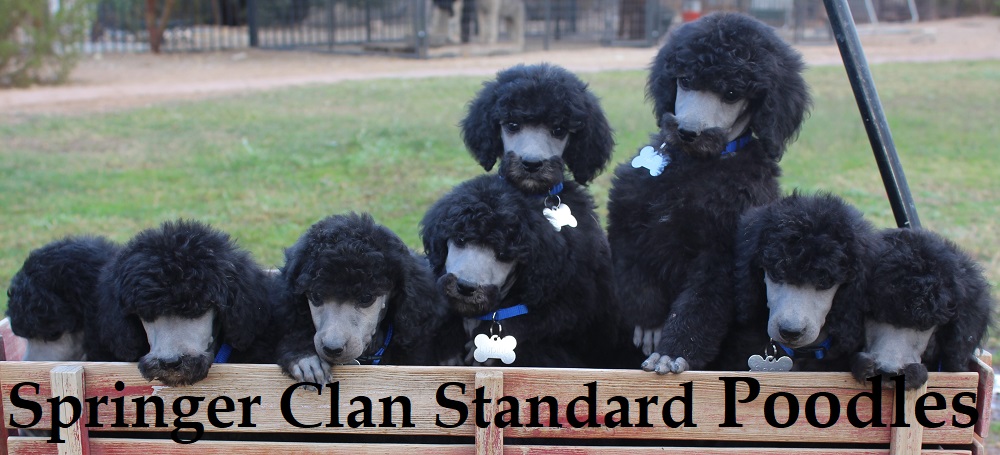
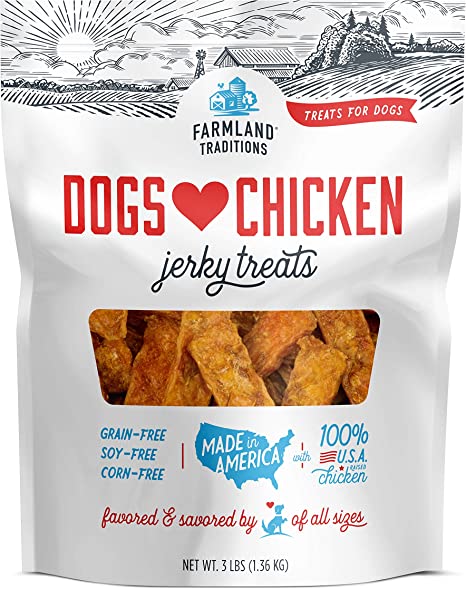 Chicken Jerk Treats – Amazon –
Chicken Jerk Treats – Amazon – 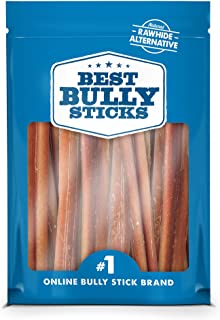 Bully Sticks – Amazon –
Bully Sticks – Amazon –  Duck Jerk Treats – Amazon –
Duck Jerk Treats – Amazon – 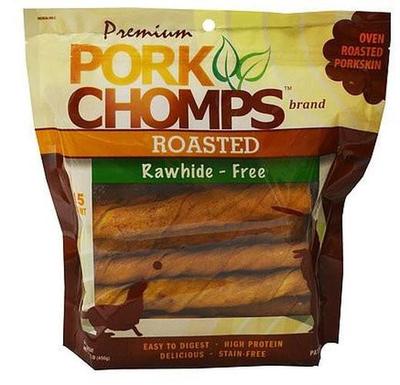 Pork Twists – Amazon –
Pork Twists – Amazon –  Himalayan Yack Sticks – Amazon –
Himalayan Yack Sticks – Amazon – 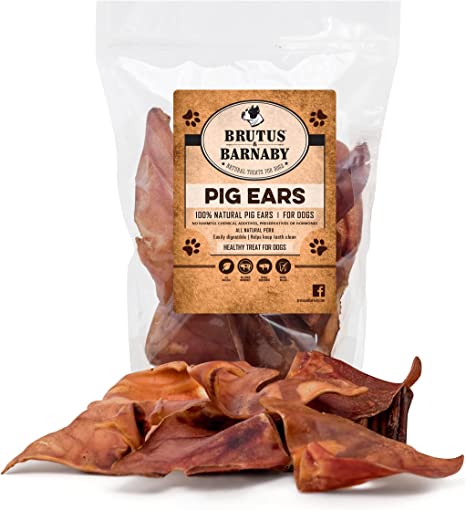 Pig Ears – Amazon –
Pig Ears – Amazon – 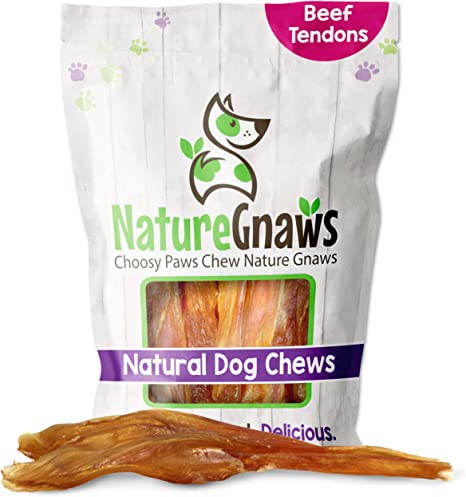 Beef Tendon Chews – Amazon –
Beef Tendon Chews – Amazon – 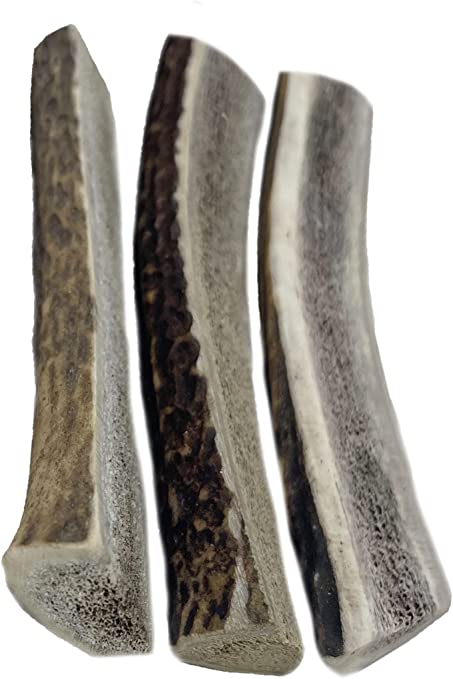 Antler/Horn Chews – Amazon –
Antler/Horn Chews – Amazon – 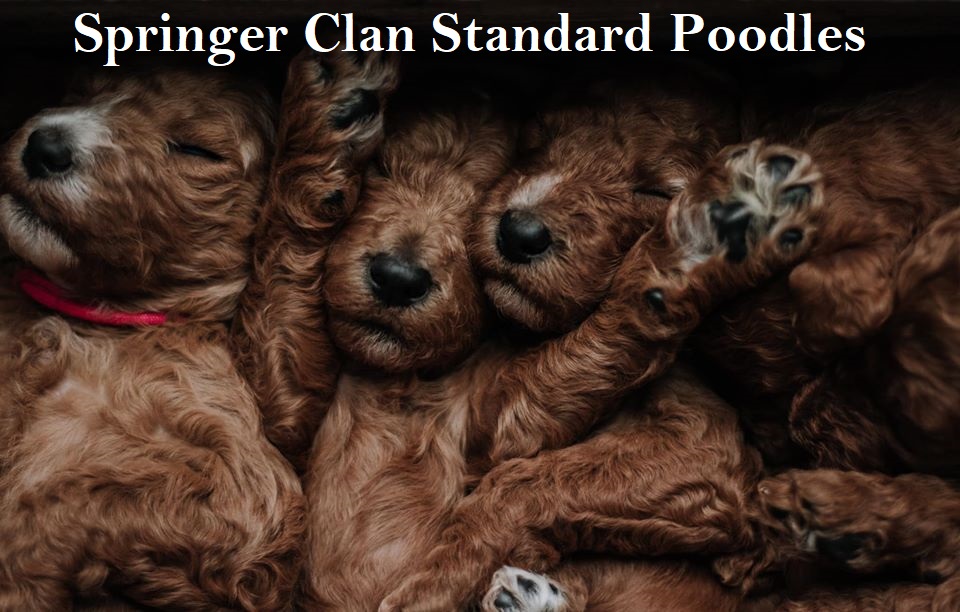
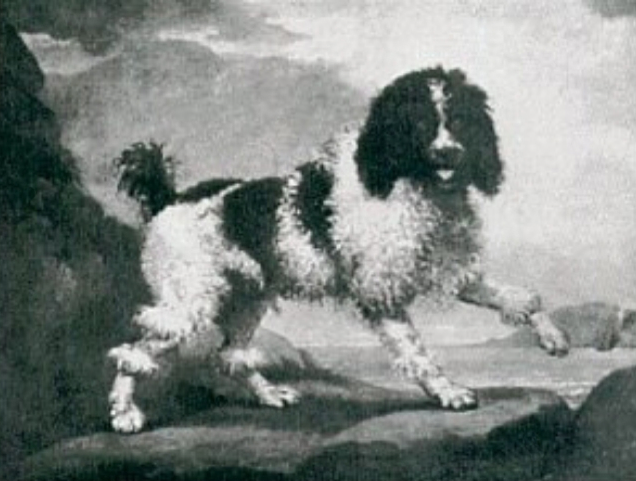
![DuckDynastyPoodle[1]](https://springerclanstandardpoodles.com/wp-content/uploads/2014/03/DuckDynastyPoodle1.jpg)
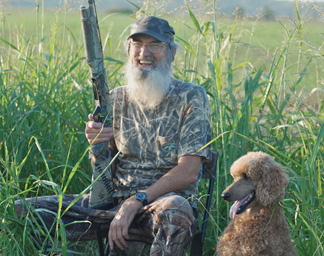
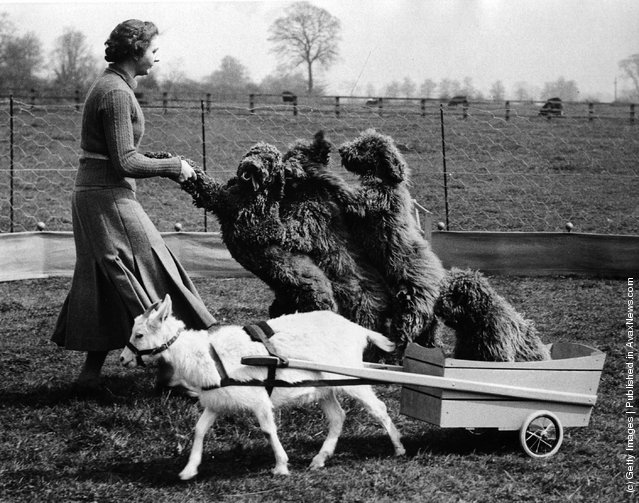

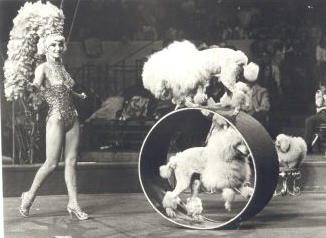
![our20dogs20spr1943_2[1]](https://springerclanstandardpoodles.com/wp-content/uploads/2014/03/our20dogs20spr1943_21.jpg)
![pillicoc20ad_2[1]](https://springerclanstandardpoodles.com/wp-content/uploads/2014/03/pillicoc20ad_21.jpg)
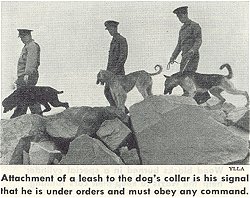
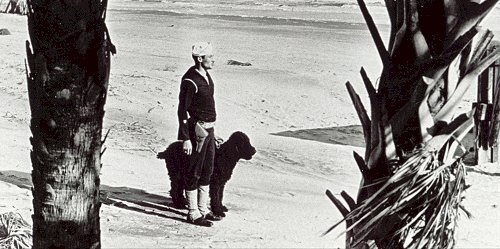
![Front20Royal_2[1]](https://springerclanstandardpoodles.com/wp-content/uploads/2014/03/Front20Royal_21.jpg)
